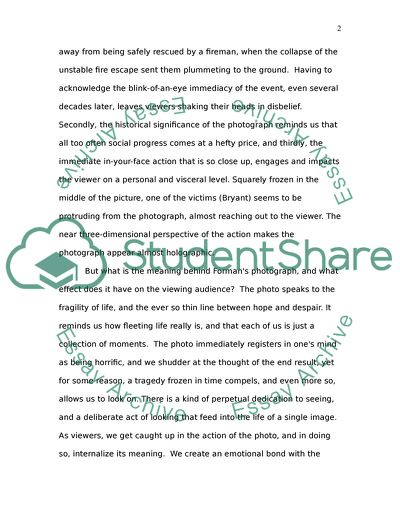Cite this document
(Fire on Marlborough Street by Stanley J. Forman Coursework, n.d.)
Fire on Marlborough Street by Stanley J. Forman Coursework. Retrieved from https://studentshare.org/visual-arts-film-studies/1553791-a-reflection-on-fire-on-marlborough-street-stanley-j-forman-1975
Fire on Marlborough Street by Stanley J. Forman Coursework. Retrieved from https://studentshare.org/visual-arts-film-studies/1553791-a-reflection-on-fire-on-marlborough-street-stanley-j-forman-1975
(Fire on Marlborough Street by Stanley J. Forman Coursework)
Fire on Marlborough Street by Stanley J. Forman Coursework. https://studentshare.org/visual-arts-film-studies/1553791-a-reflection-on-fire-on-marlborough-street-stanley-j-forman-1975.
Fire on Marlborough Street by Stanley J. Forman Coursework. https://studentshare.org/visual-arts-film-studies/1553791-a-reflection-on-fire-on-marlborough-street-stanley-j-forman-1975.
“Fire on Marlborough Street by Stanley J. Forman Coursework”. https://studentshare.org/visual-arts-film-studies/1553791-a-reflection-on-fire-on-marlborough-street-stanley-j-forman-1975.


